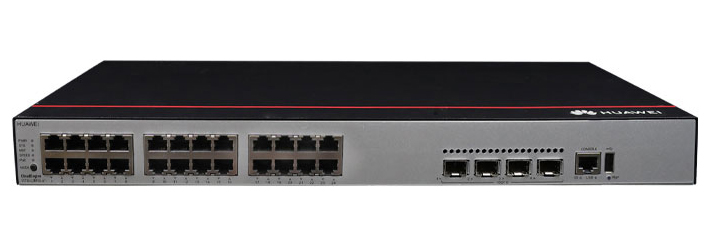
































I don't give Xfce the fair shot it deserves. After all, it's one of the fastest Linux desktops on the market and one of the most flexible. Out of the box, this open-source desktop is fairly easy to use. It has everything you need for a robust desktop interface -- but it could be better.
Everyone's idea of user-friendly is different, so what I'll share with you may or may not fit your modus operandi. Even so, there's certainly a tip or two here that anyone wanting to adopt Xfce as their desktop could use.
Also: Don't like your Linux desktop? Here's how to install an alternative
So, if a fast and reliable desktop sounds good, let's get to those tips.
Note: I'll demonstrate these tips using Xubuntu, the official Xfce spin of Ubuntu. It's important to understand that many distributions tend to configure Xfce differently. Because of that fact, your mileage may vary (depending on the distro you use).
Xubuntu's take on Xfce includes a top panel, a system tray, an application menu, and two desktop icons. That's enough features to interact with the desktop, but you probably want more. One thing you can do is install Plank, an easy-to-use dock for the Linux desktop.
Also: The first 5 Linux commands every new user should learn
You can drag and drop launchers from the desktop menu to Plank to provide quick access to your favorite apps. The reason I chose Plank over other docks is because of its simplicity. Install it, launch it, and drag launchers to it. That's it. You get a handy, elegant dock on your Xfce desktop.
Plank is an elegant way to add access to applications.
To install Plank, open a terminal window and issue the command:
sudo apt-get install plank -y
Back when I used the Enlightenment window manager, there was one feature I loved using -- the desktop applications menu. Click anywhere on the desktop and a menu appears, giving you quick access to the app menu. This approach made opening applications very efficient.
Also: Dynebolic is a portable Linux distribution that can be used without installation
Xfce has a similar feature, but it's not enabled by default. To enable it, open the Settings control panel and go to Desktop > Menus. On that page, click 'Include applications menu on desktop right click'. Once you've done that task, right-click any blank spot on the desktop and click Applications from the popup menu. You should see your applications menu appear, where you can open any installed app.
This is one tweak I always apply to Xfce.
This tip is another one inspired by my earlier days with Linux. For a long time, many Linux desktops have included the feature 'focus follows mouse'. Instead of having to click on a window to give it focus, this feature means you only need to hover your cursor over the window. An additional feature automatically raises the newly focused window.
With these two options enabled, hover your cursor over the window you want to use and wait for the window to rise to the front. This is a feature you'll either love or hate. I love the feature and use it any chance I can.
Also: Thinking about switching to Linux? 10 things you need to know
To enable 'focus follows mouse', go to Settings > Window Manager > Focus. On that page, click to enable 'Focus follows mouse' and then enable 'Automatically raise windows when they receive focus'. You can also configure the delay for the focus and raise features. Give this feature a try. I think you'll like it.
You'll either love or hate this feature.
Linux makes multitasking so much easier with the help of workspaces. You can create as many workspaces as you need, naming them according to the tasks performed. For instance, you could have workspaces for Writing, Productivity, Social Media, and Entertainment (or whatever you like). Once you've created those workspaces, open the apps according to a workspace category and switch between them as needed.
Also: The best Linux distros for beginners: You can do this!
This approach will keep your desktop more organized and efficient. To create a new workspace, open Settings and then go to Workspaces. Click + or type the number of workspaces you want. Once you've added the workspaces, click on one to rename it, and you're done. To access your workspaces, click the middle mouse button and select the workspace you want to use.
Workspaces make multitasking even better.
The desktop menu is your friend. When you open the menu (by clicking the top-left icon on your desktop) you see a left and right panel. The right panel is the menu categories and the left is the Favorites. You can add any installed app to the Favorites panel by locating it in the right panel, right-clicking the application launcher, and selecting 'Add to Favorites'. Once you've added an app to the Favorites panel, it'll remain there unless you remove it.
You can add as many favorites as you like.
And there you have it -- five easy ways to make the Xfce desktop user-friendly. Try these tips and make your open-source desktop more enjoyable to use.
 Tags chauds:
technologie
Tags chauds:
technologie